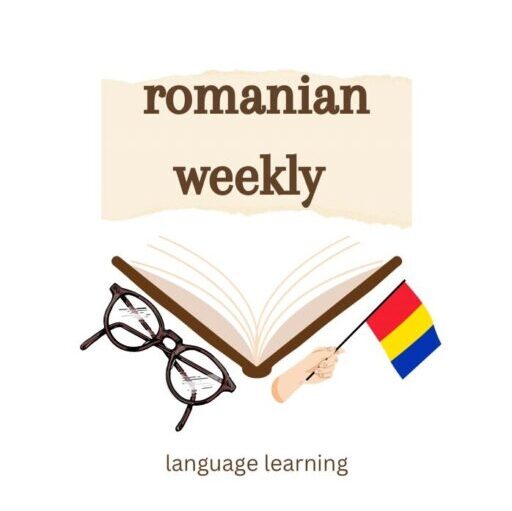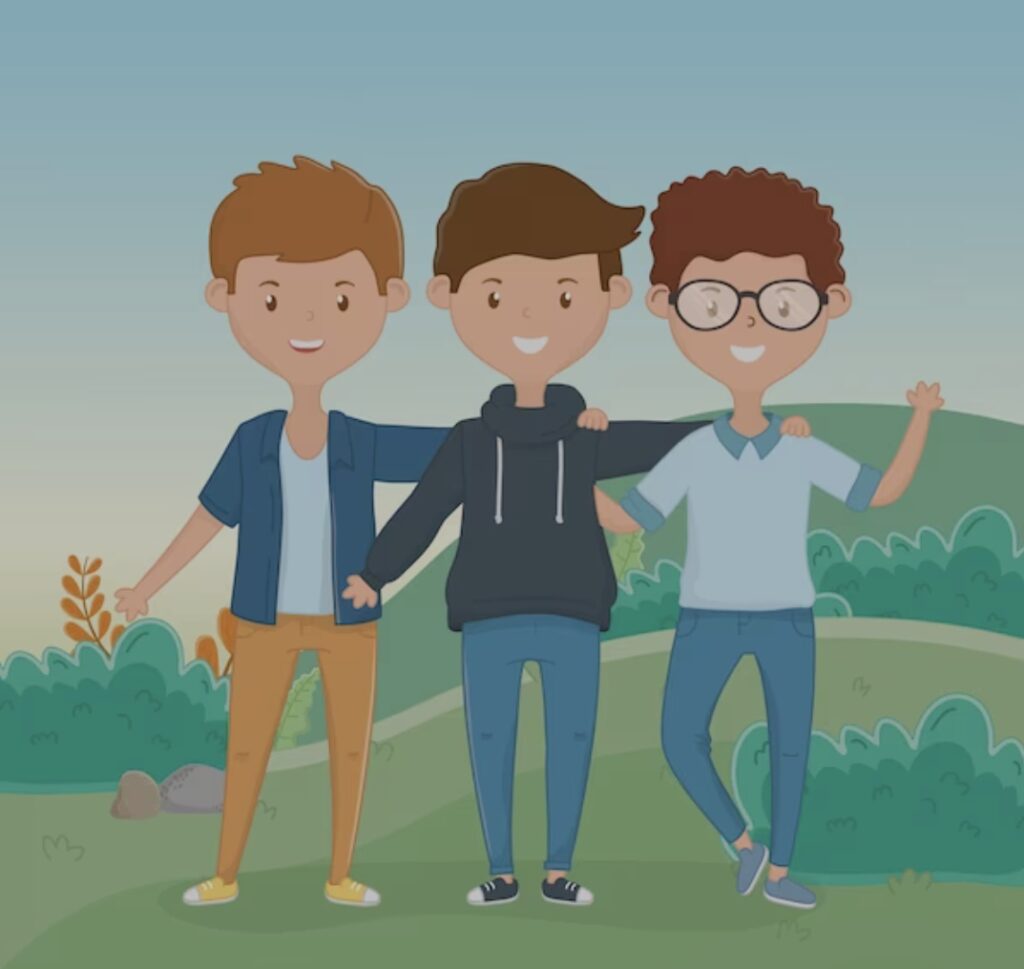
de Mark Twain
Amplasată în sudul Statelor Unite dinaintea Războiului dintre statele din Nord si Sud din 1861, povestea se învârte în jurul unui băiat pe nume Huckleberry Finn și a călătoriei sale de auto-descoperire.
Huck, un băiat needucat și cu spirit liber, fuge de tatăl său abuziv și pornește într-o aventură pe râul Mississippi. Pe drum, i se alătură Jim, un sclav fugit care caută libertate. Romanul explorează teme de rasism, nedreptate socială și creșterea morală a protagonistului său.
Narațiunea este prezentată la persoana întâi, iar Twain surprinde cu pricepere dialectul sudic, oferind o portretizare autentică a timpului și a locului. Structura episodică a romanului reflectă călătoria și întâlnirile lui Huck cu diverse personaje, fiecare reprezentând diferite aspecte ale societății.
Huckleberry Finn contestă normele societale și pune sub semnul întrebării moralitatea atitudinilor predominante față de sclavie. Relația dintre Huck și Jim, în ciuda barierelor rasiale și sociale, se dezvoltă într-o prietenie profundă care provoacă preconcepțiile cititorului.
Romanul abordează și conceptul de libertate. În timp ce Jim caută eliberarea de sclavie, Huck caută libertatea personală față de constrângerile societății. Twain folosește râul ca un simbol puternic al libertății, reprezentând o evadare de la normele societale și o călătorie către auto-descoperire.
Twain folosește satira și umorul pentru a critica ipocriziile societății, în special tratamentul față de persoanele de culoare. Personajele Huck și Jim, prin prietenia lor neconvențională, servesc ca o lentilă prin care Twain dezvăluie falimentul moral al unei societăți care devalorizează viețile umane în funcție de rasă.
Cu toate acestea, „Huckleberry Finn” s-a confruntat cu critici pentru utilizarea insultelor rasiale și pentru portretizarea personajelor de culoare. În ciuda acestui fapt, romanul rămâne o lucrare semnificativă în literatura americană, provocând discuții despre rasă, moralitate și călătoria către conștiința de sine.
În concluzie, „Huckleberry Finn” este un roman ilustrativ care abordează probleme sociale importante. Explorarea sa a rasismului, libertății și moralității îl face o lectură care provoacă discuții, în timp ce inteligența lui Twain și priceperea de a povesti contribuie la relevanța sa de durată.
in English:
Set in the pre-war between North and South of 1861, the story revolves around a young boy named Huckleberry Finn and his journey of self-discovery.
Huck, an uneducated and free-spirited boy, runs away from his abusive father and embarks on an adventure down the Mississippi River. Along the way, he is joined by Jim, a runaway slave seeking freedom. The novel explores themes of racism, social injustice, and the moral growth of its protagonist.
The narrative is presented in the first person, and Twain skillfully captures the Southern dialect, providing an authentic portrayal of the time and place. The episodic structure of the novel reflects Huck’s journey and encounters with various characters, each representing different aspects of society.
Huckleberry Finn challenges societal norms and questions the morality of the prevailing attitudes towards slavery. The relationship between Huck and Jim, despite the racial and social barriers, develops into a profound friendship that challenges the reader’s preconceptions.
The novel also addresses the concept of freedom. While Jim seeks freedom from slavery, Huck is in search of personal freedom from the constraints of society. Twain uses the river as a powerful symbol of freedom, representing an escape from societal norms and a journey towards self-discovery.
Twain employs satire and humor to criticize the hypocrisies of society, particularly its treatment of black people. The characters Huck and Jim, through their unconventional friendship, serve as a lens through which Twain exposes the moral bankruptcy of a society that devalues human lives based on race.
However, “Huckleberry Finn” has faced criticism for its use of racial slurs and its portrayal of black characters. Despite this, it remains a significant work in American literature, prompting discussions on race, morality, and the journey to self-awareness.
In conclusion, “Huckleberry Finn” is a compelling novel that tackles important social issues. Its exploration of racism, freedom, and morality makes it a thought-provoking read, while Twain’s wit and storytelling prowess contribute to its enduring relevance.





